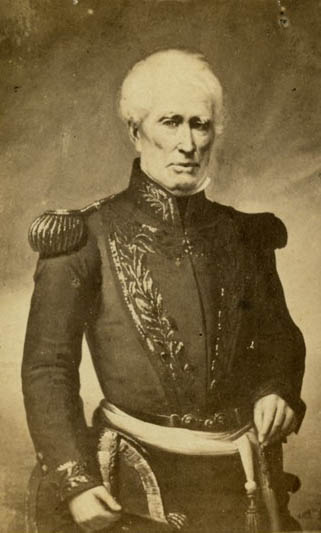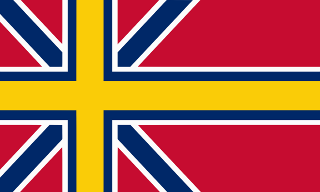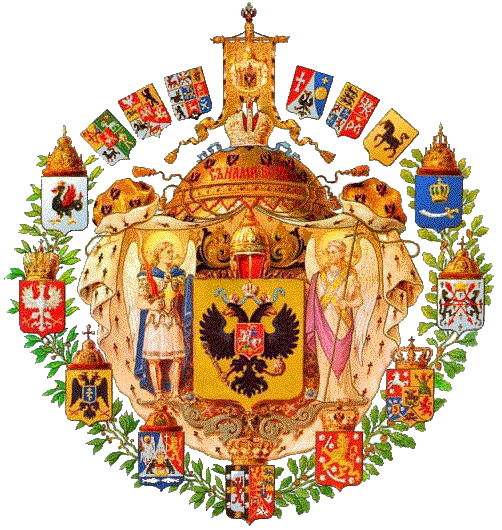Events of the World: 1868EuropeBritain performed various treaties with other nations around the world.
(-£480, -5 ships-of-the-line to Britain, +5 ships-of-the-line to the Netherlands, -86 sail frigates to Britain, +86 sail frigates to France, +1 navy sublevel to Austria)
Taking advantage of the new Suez Canal, the United Republic increased its trade links with the rest of the world.
(-£320, +1 resource sublevel)
Some ships-of-the-line were refitted as ironclads, however bureaucratic errors meant some shipyards did not receive the orders.
(-£3,200, -4 ships-of-the-line, +4 ironclads)
The French also began refitting their naval vessels.
(-£5,000, -10 sail frigates, +10 screw frigates)
The Suez Canal was completed, and nationalized by the French government. Cannons were placed along the canal, and only ships from select nations were allowed to pass. The canal meant trade would be cheaper, which hurt the economies of European nations not allowed to pass, with the exception of the Ottoman Empire which made use of other ports and overland links.
(-£740, increased income to France, slight increase in income to Britain, Germany, slight decrease in income to all other European nations except Ottoman Empire)
France also performed its agreements.
(-£9,000, +£8,000 to Britain, +5% equipment to Britain, +5% education rate to Austria, -£500 to Argentina, +1 resource sublevel to France, +3% equipment to Argentina, +£250 income to USA, -£250 income to France, +1 army sublevel to Argentina, increased income)
Germany proclaimed that it would be the most powerful industrial nation in the world,and embarked on an ambitious plan to fulfill this. However, progress was not as quick as hoped.
(-£1,050, +2 industry sublevels in 2 turns)
An imperial mission was launched by Germany, and quickly claimed part of the western coastline of Africa for Germany. Reserves of iron were found by German prospectors.
(-£300, +1 resource sublevel in 1 turn)
Another mission was launched by Germany, this one landing on the southern coast of Arabia. There was some discontent from the locals, but no one was willing to try anything against the German soldiers brought with them.
(-£260)
The Austro-Hungarian Empire decided to join the race to refit navies in metal.
(-£7,600, -4 ships-of-the-line, +2 ironclads, +2 ironclads in 1 turn, -8 sail frigates, +4 screw frigates, +4 screw frigates in 1 turn)
A new rifle, the M1868 Werndl-Holub, was developed and put into service by the Austrian military.
(-£400, +5% equipment)

The unique breechloading system of the WerndlWith its part in the war over, the Austrian army was disbanded and sent home.
(Austrian army disbanded)
A number of agreements were signed by the Austrian government.
(+£100, -£1200 to Brazil, +5% equipment to Brazil, +1 army sublevel to France, -£260 to Germany, +1 industry sublevel (half profits to Germany), +1 army sublevel to Britain)
With the seas of Europe now calm, Sweden set out to increase the level of trade links.
(-£330, +1 resource sublevel)
The Swedish government invested in factories in Norway, to try and lift the economic output of the region.
(-£510, +1 industry sublevel)
Using French blueprints, Swedish factories began producing better quality weapons for the military.
(-£300, +4% equipment)
A ship canal, named the Nieuwe Waterweg, was built by the Netherlands government connecting the port of Rotterdam to the North Sea.
(-£520, +1 infrastructure sublevel)
In 1867, the King of the Ashanti Empire, Kwaku Dua I, passed away. With the entire Gold Coast under Dutch command, the government sponsored the Kings grandson Kofi Karikari in return for the Ashanti becoming a Dutch protectorate. It was not a smooth plan, as other claimants to the throne used anti-European sentiment to garner support. A short but bloody civil war was sparked, and was forcibly put down by Dutch soldiers. With Karikari on the throne, the Ashanti Empire came under Dutch protection, but it would be a while before the situation would be calm enough to reap the benefits.
(-3,400 regulars, +2 resource sublevels in 3 turns)
Offers were sent to Marthinus Wessel Pretorius, President of the South African Republic, and Johannes Henricus Brand, President of the Orange Free State, inviting them to a conference to discuss possible unification with the Dutch Cape Colony. Unfortunately, they were both far too busy to attend. Perhaps next year.
Technological specialists and innovators were brought into the Holland region, to try and improve the Dutch industrial output.
(-£520, +1 industry sublevel)
Industrial facilities in Russia were overhauled and modernised.
(-£540, +1 industry sublevel)
The Tsar did a tour of his nation to gather public support. He wished to include the Caucasus in the tour, but his advisor's made him reconsider,as there was still much anti-Russian sentiment in the region.
(-£130, +4% public support)
Officers in the Russian navy received extra training and drilling.
(-£500, +1 navy sublevel)
A campaign was run by the Greek government to encourage Greek nationalism.
(-£200, +5% public support)
Greek agents snuck into the Ottoman Empire to encourage Greek citizens to vote for joining Greece in the referendums.
An improved public schooling system was implemented by the Greek government.
(-£250, +4% education rate)
Referendums were held in the Caucasus region, to determine whether they should stay with Russia or become part of the Ottoman Empire. Muslim propaganda before the war, and the Ottoman victories in the area, led to high support for the Ottomans, and the region became part of the Ottoman Empire.
Plebiscites in Greece went a little differently. While the large Muslim population in Salonica kept the region in Ottoman hands, Janina and Manastir voted overwhelmingly to becoming part of Greece.
But it was on the island of Crete that problems arose. Slightly under half of the population of Crete was Muslim, and enough people, sick of the actions of the Greek government during the war or other reasons, voted pro-Ottoman that the island stayed. However, the vote was very tight, and the pro-Greek population was enough to divide the island, and send it spiralling into chaos. Ottoman troops stepped in to end the violence, which did little to earn their support.
(-800 regulars to the Ottoman Empire)

Ethnic map of CreteThe Americas40,000 US troops were sent west to set up forts and negotiate treaties with Native Indians. With the West now far safer, larger numbers migrated west to set up farms and homesteads.
(-£300, +1 resource sublevel, +3% public support)
Foreign migration into the USA was encouraged, and with the Civil War now over, many took the opportunity.
(-£220, +0.15 population growth)
The treaties with Germany and France were ratified. The officer exchange program with Germany was very beneficial, with many war stories told by both sides.
(-£490 to the USA, -£480 to Germany, +1 army sublevel in 1 turn to Germany, USA)
Using his war record as propaganda, Ulysses S. Grant won the Presidential election in a landslide victory against Horatio Seymour.
A new constitution was drafted in Colombia. The new constitution was more conservative and centralist than the previous one, and brought about a name change from the Granadine Confederation to the Republic of Colombia.
(-£100, +4% public support)
With the new constitution came a change in policy and a harder line against corruption. Embezzlers were turfed out of the Colombian government, and the national income improved as a result.
(-£200, increased income)
Using techniques learnt by the force sent to fight in the US Civil War, a new military academy was set up. The fact that the force saw very little fighting and didn't lose a man was ignored.
(-£550, +1 army sublevel)
The University of Rio was set up in Brazil.
(-£300, +5% education rate)
A deal was struck with Germany.
(+£2,000, +1 army sublevel, -5 ships-of-the-line, -10 screw frigates, -5 transport ships, +5 ships-of-the-line, +10 screw frigates, +5 transport ships to Germany, -£2,500 to Germany)
Railways in Brazil were improved.
(-£510, +1 infrastructure sublevel)
Argentina introduced conscription, to raise troops to fight against Paraguay.
(+50,000 conscripts)
The Argentine government launched a propaganda campaign to increase support for the war.
(-£120, +5% public support)
Argentinian shipyards began construction on new vessels for the Argentinian navy.
(-£3,700, +4 sail frigates, +2 screw frigates)

William Brown, called the father of the Argentinian navy, who had died a decade earlierTraining of Qing generals and officers continued.
(-£530, +1 army sublevel)
The Qing government invested in agriculture, to try and repair the damage done by the Taiping Rebelllion.
(-£300, +1 resource sublevel)
Qing munitions factories began production on new and better quality weapons for the Qing army.
(-£330, +5% equipment)














